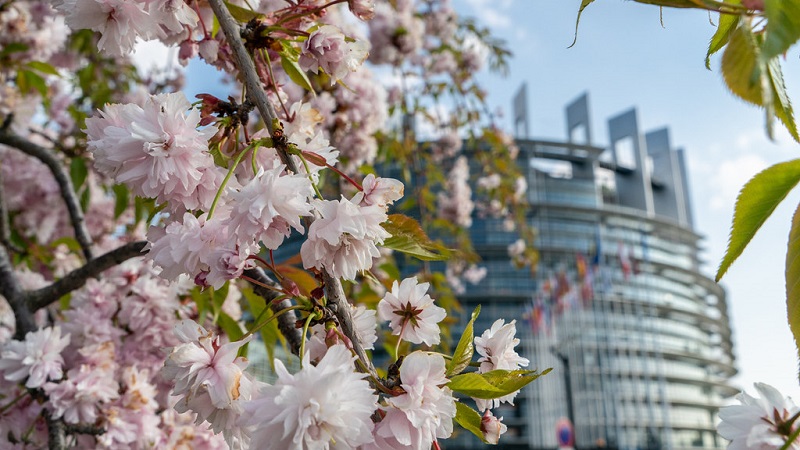Europe’s green ambitions put it at the forefront of climate change and environmental reform at a time when the global health crisis has diverted government attention from green commitments.
The European Union is aiming for all 27 member countries to be climate neutral by 2050. Rather than tackle climate change and the pandemic as separate crises, the EU has sought to address environment and health as one issue.
Its commitment to the green transition is part of a €750bn EU Recovery Fund which has been agreed in light of the financial devastation caused by the Covid-19 pandemic, as well as a €1074tn EU budget for 2021-27, 30% of which will go to climate protection.
The majority of the Recovery Fund – that is €390bn – will be issued in grants, with the remaining €360bn issued in loans and the European Union has pledged at least 30% to be invested in climate change action.
Norman Villamin, chief investment officer, wealth management, at Union Bancaire Privée, explains: “In Europe, the recovery fund has been adopted after challenging talks between Northern and Southern European countries.
“With its passage, grants are now available to countries hit by the crisis to rebuild their economies and invest in the technology and environmental sectors. Net beneficiaries of this new plan are peripherals, and to a lesser extent, France and Germany.”
EU’s green stimulus combines health measures with battling climate change
In a live webcast in July, Pictet Asset Management’s co-head of clean energy Xavier Chollet explained that one reason why the EU Green Deal has transformed into a large economic stimulus is because of the Covid-19 health crisis.
“We had, on the one hand, protecting our health and on the other, protecting our economy. When you invest in the Green Deal or energy transition, these two priorities are aligned,” he says.
Chollet cited three million annual deaths from lower respiratory infections, which are the mostly deadly communicable disease. In his presentation, Chollet revealed that air pollution kills seven million people every year “in the form of heart attack and cancer” – 11 times more than Covid-19, so far.
“A big part of this green stimulus is going to renewables and [to] reduce mortality linked to air pollution,” he added.
While there has been a fall in carbon emissions this year as air and road travel was curtailed globally during the Covid-19 induced lockdowns, there are signs that it is not a sustained decline.
In a Climate Change Dashboard update in August, Schroders warned that the short-term effects of higher carbon prices and lockdowns have had little impact on the long-term trajectory of global temperatures.
Andrew Howard, global head of sustainable investment at Schroders, says: “We believe that as economies recover from the Covid-19 crisis, falls in emissions are likely to be reversed, if recoveries from past crises provide any guide.
“Tougher structural changes are needed if we are going to avert the equally devastating long-term impacts of the climate crisis.”
Schroders also notes that while the EU has announced that up to three-quarters of the region’s Covid-19 stimulus plan will be tied to the delivery of climate targets, the global focus on climate change has slowed.
Joe Biden’s $2trn green jobs pledge
The answer may lie with the US and the upcoming presidential election in November.
Wen-Wen Lindroth, lead cross-asset strategist at Fidelity International, points out that, to date, Democratic presidential nominee Joe Biden has announced that if he were to win the US election, one of his spending proposals would be $2trn for a green jobs programme (Plan for Climate Change and Environmental Justice).
Chollet says the earmarked $2trn would be spent over four years but is perhaps “even more aggressive” than Europe in terms of renewables.
Biden’s ambitions extend to a 100% clean energy economy and net zero emissions by 2050.
He has also pledged to recommit the US to the Paris Agreement on climate change, following President Donald Trump’s decision to withdraw from the Agreement – a process which began formally in 2019.
Chollet says that the Green Deal “could also happen in the US”.
“Central banks essentially funding green projects is probably the way forward,” he adds.










